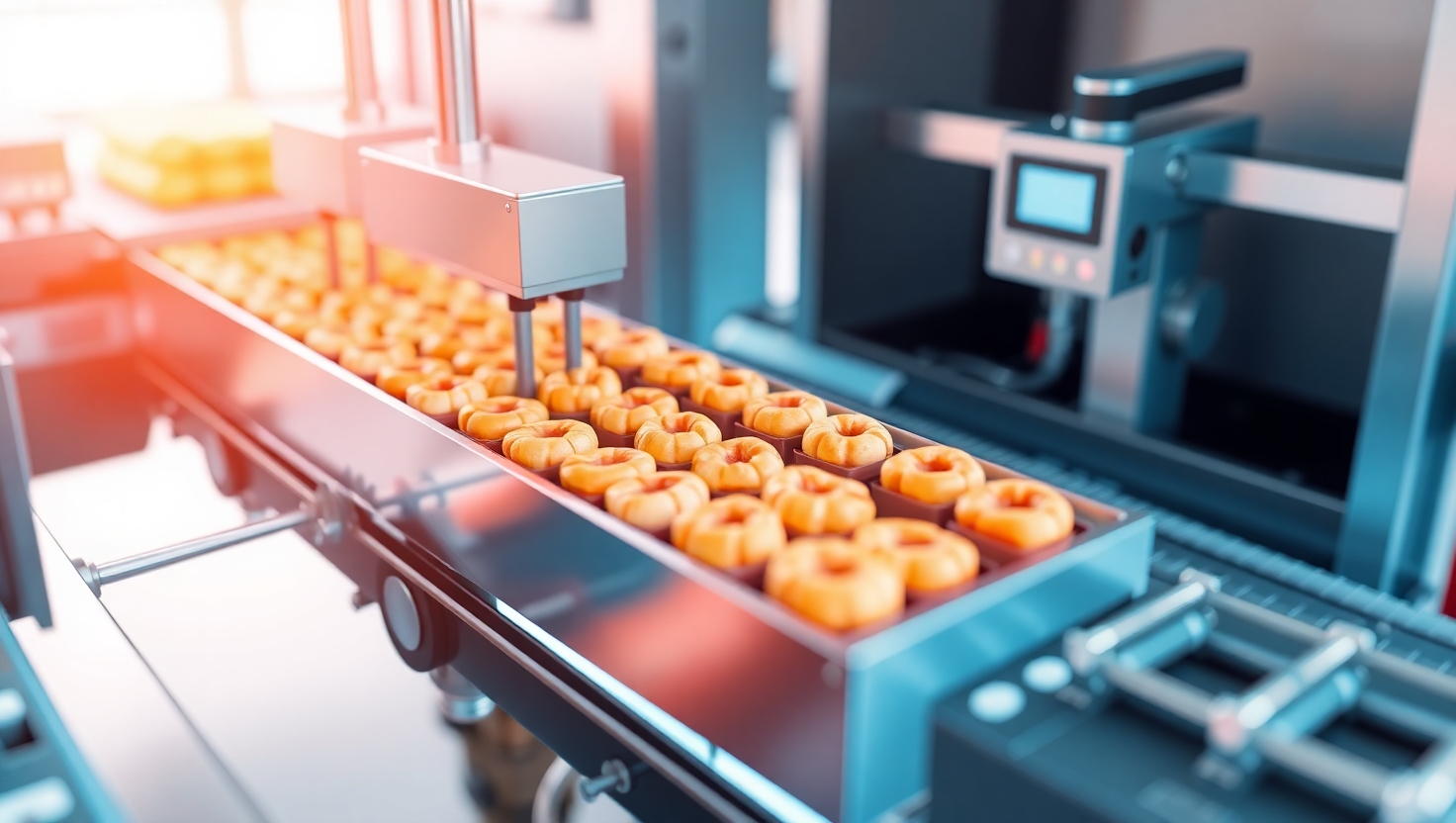The food industry faces complex challenges every day that demand precision, speed, and strict compliance with regulations. In a time when consumers expect fresh, safe, and high-quality products, quality control has become an essential and inseparable part of the production process. The integration of smart automation technologies is truly revolutionizing the field, enabling manufacturers to keep quality levels high while reducing production times and costs.
Today’s advanced technologies allow factories to implement sophisticated control systems that monitor every step of the production chain – from receiving raw materials to packaging and shipping the final product. Precise sensors, advanced robots, and artificial intelligence work seamlessly together to catch any deviation or fault in real time, preventing mistakes that could jeopardize food safety or quality. Automation also provides continuous data logging and analysis, helping managers make informed decisions and improve processes over time.
Another big advantage of automated control is the ability to ensure product consistency, which is especially important for large brands serving wide markets. Instead of relying on manual inspections that can be slow and prone to errors, automation guarantees that every product leaving the line meets the same high standards. This also makes it easier to comply with regulatory requirements and maintain customer trust.
Beyond that, automation in quality control helps reduce waste, since any defect or anomaly is detected immediately and can be fixed or removed early in the production process. This leads to both financial savings and better sustainability – a topic that’s becoming increasingly important in the global food industry.
Finally, the human aspect shouldn’t be overlooked. Automation reduces the need for repetitive, routine tasks, freeing workers to focus on more complex, creative, and meaningful jobs. This creates a winning combination of technology and people, upgrading overall processes and making the work environment more advanced, safe, and rewarding.
Automated control in the food industry is a great example of how innovation and technology meet the human need for quality and safety. A passion for excellence combined with technological progress opens up a wide range of possibilities and promises for a better, safer, and tastier future.














